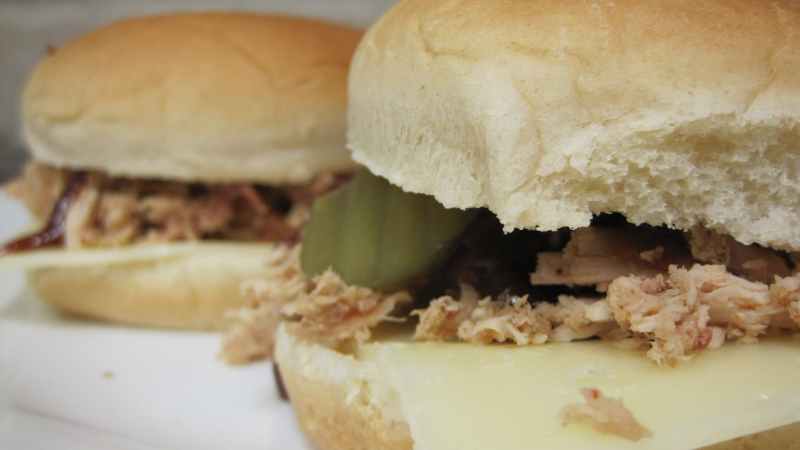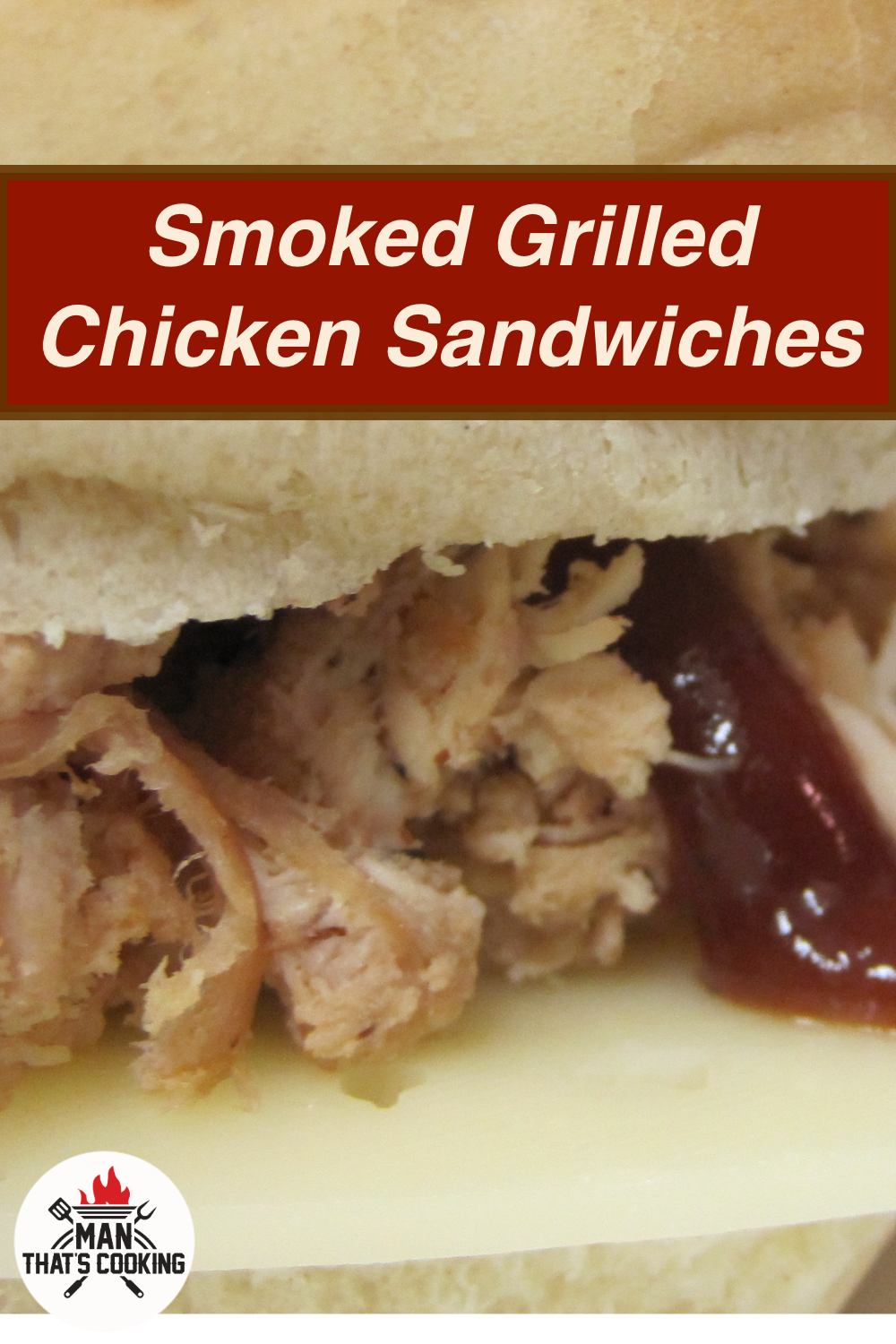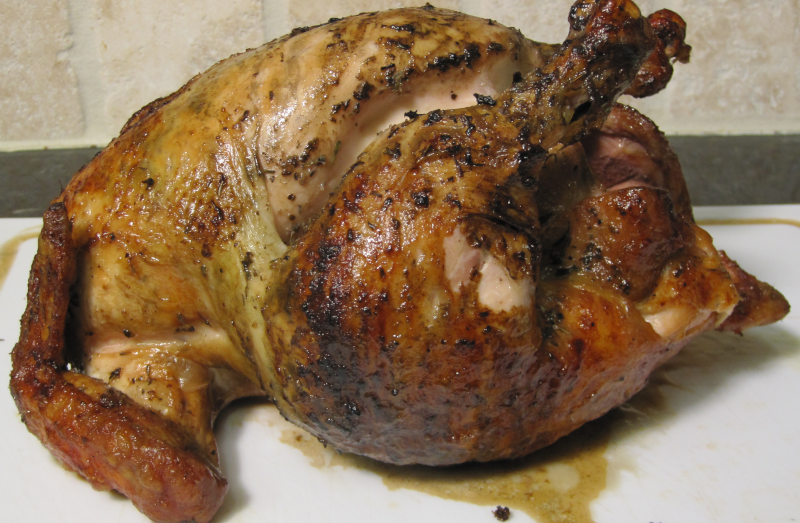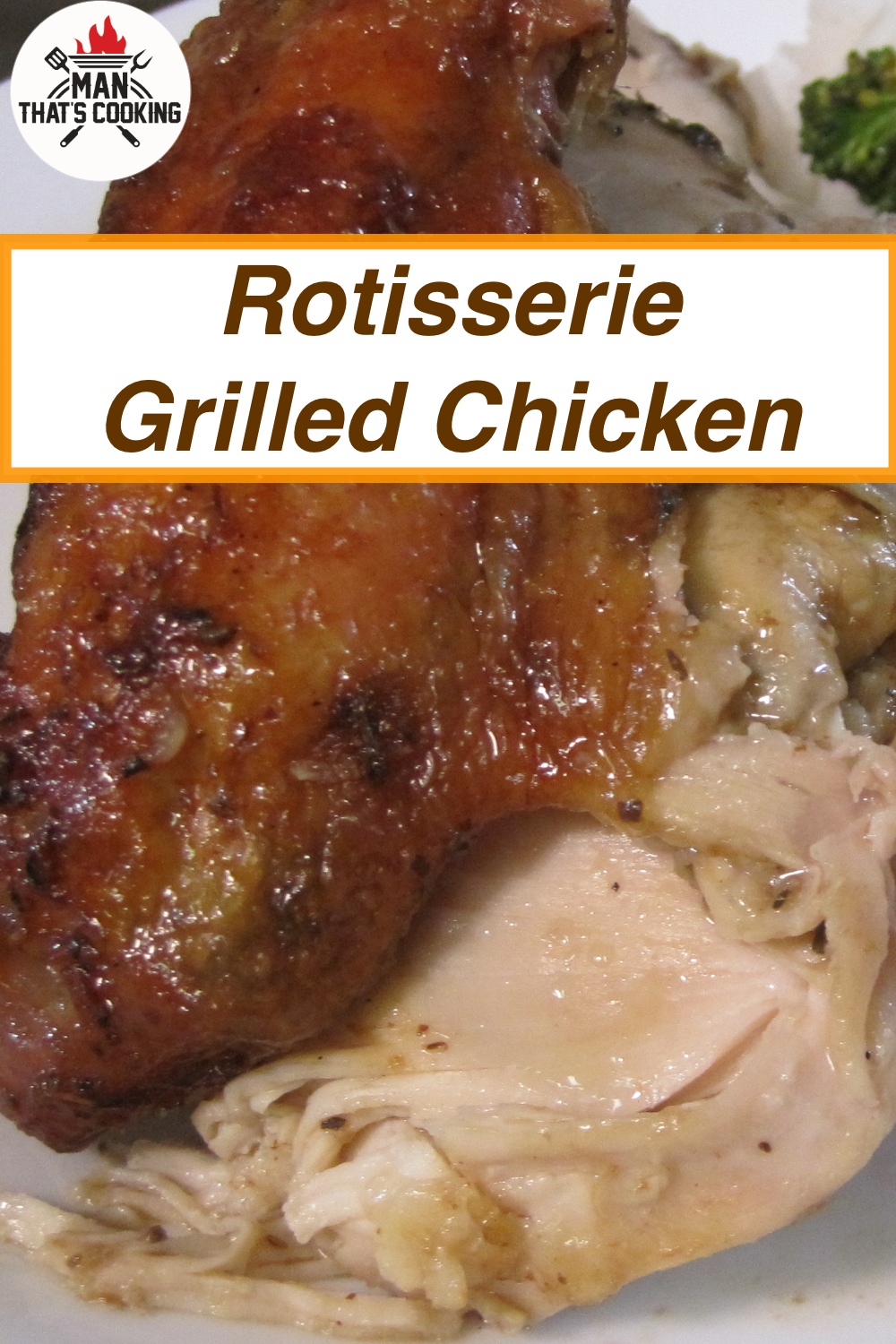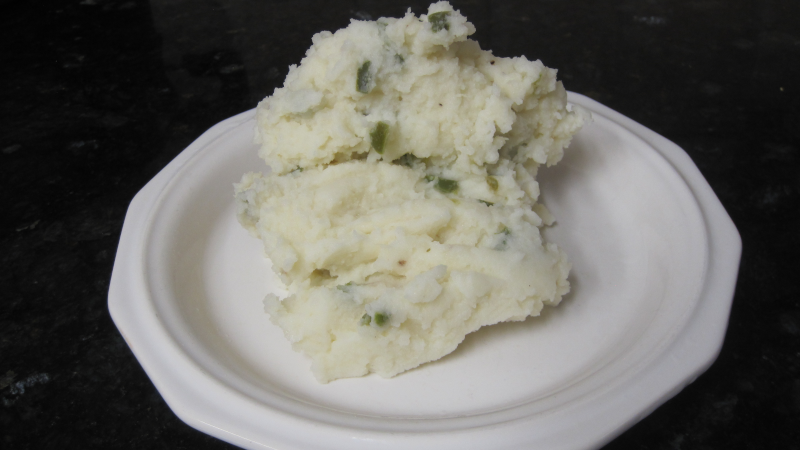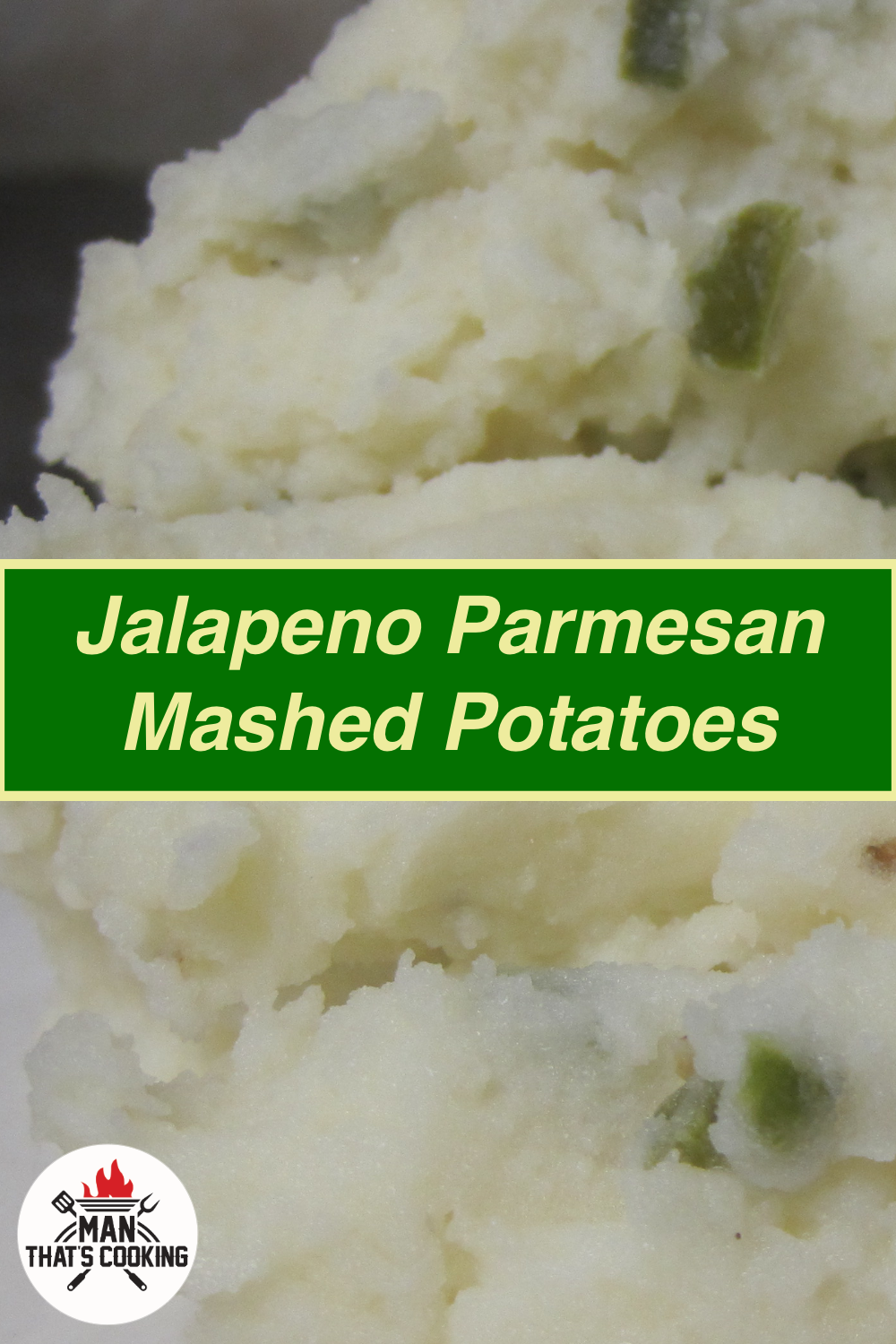Ultimate Best Potato Salad
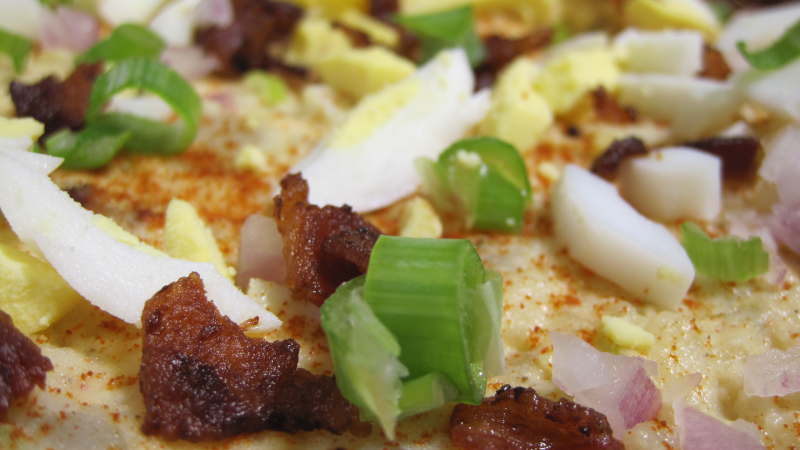
What happens when you combine the ultimate potato salad with the best potato salad? Wanna have some fun? Take a moment to use your favorite search engine and lookup ultimate potato salad followed by the best potato salad. Yeah you get page after page of grandma’s best recipes and quote unquote award winning potato salads. With so many to choose from, why not just rely on the only solid combination of the ultimate best potato salad? We combine the ultimate best ingredients and added some extra kick to make sure your potato salad experience is extraordinary. Give this recipe a try at your next gathering and your guests will not be disapointed.
Man That’s Cooking
Ingredients
- 3 pounds russet potatoes
- ½ pound bacon
- ½ cup chopped green onions (2-3 stalks)
- ½ cup chopped red onion (¼ med onion)
- ½ cup celery stalks (2-3 stalks)
- 4 hard boiled eggs
- ⅓ cup dill (or sweet) pickle relish
- 1 ¼ cup mayonnaise
- 2 tablespoons dijon mustard
- 1 tablespoons yellow mustard
- 1 tablespoon white vinegar
- ½ teaspoon dry dill
- ¼ teaspoon smoked paprika
- 1 teaspoon kosher salt
- ½ teaspoon black pepper
- ¼ teaspoon cayenne pepper
- ½ teaspoon celery seed
- ¼ teaspoon crushed rosemary
- ¼ teaspoon garlic powder
Directions
First, place the potatoes in a large pot and submerge them in cold water. Add 1/4 cup of kosher salt then cook the potatoes on high heat until the water reaches a rolling boil. Next, reduce the heat to medium high, and cook the potatoes for 30 minutes. Check the potatoes for tenderness by using a steak knife and inserting it into each potato. The knife should pass through the potato with little effort. Once tender, remove the potatoes and let them cool for 1 hour until they reach room temperature.
While cooking the potatoes, slice the bacon into bits, then fry the bits on a medium heat. When the bacon bits start foaming and turning brown, remove them with a slotted spoon and place them on a paper towel to absorb the grease.
While the bacon is cooking, chop the onions and celery and add them to a small mixing bowl. When chopping, try to mince with different size chunks. Make sure to set aside some of the green onion tips for a garnish on top. Next, add the relish, mayonnaise, mustard, and vinegar to the mixing bowl. Finally, add the seasonings and whisk everything together.
When the potatoes have cooled to room temperature, peel the potatoes using a paring knife. Lightly push the knife blade under the skin and drag the blade down the length of the potato pulling off the skin. Cut each potato in half lengthwise, then cut the halves in half lengthwise producing 4 lengthwise potato slices. Next cut the potato slices into chunks. Add potatoes to a large mixing bowl then pour in half of the dressing mixture. Add half of the bacon into the mixing bowl. Using an egg slicer tool, double slice 2 eggs and add them to the mixing bowl. Stir potatoes and dressing together then work in the remaining dressing into the mixture. Top the potato salad with the remaining bacon, eggs, and chopped green onion ends. Cover and refrigerate for 3 to 24 hours.
 Print This Recipe
Print This Recipe
Watch How To Make This Recipe





